
After yet another dry week, we are facing a dry Bank Holiday weekend. The heatwave conditions have ended, which has eased the situation somewhat, but around Britain, there are ongoing concerns about the long-term lack of rainfall this year and at the end of 2024.
Scotland
The Scottish Environmental Protection Agency (SEPA) is warning of possible water abstraction restrictions in eastern Scotland early next week as the situation becomes “very serious” along some rivers. The latest water scarcity report from the Scottish Environment Protection Agency (SEPA) shows the situation across the country.
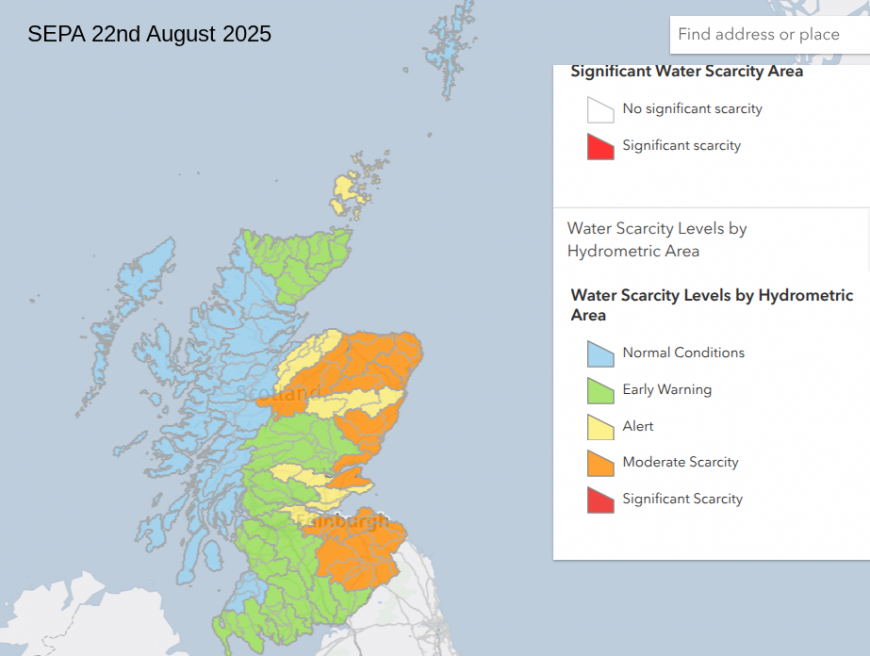
In Scotland, SEPA works with a four-tier water scarcity scale. There is no public mention of ‘drought’. Moderate Scarcity – Escalated this week: Spey, Almond and Tweed catchments. They join the Deveron, Ythan, Don (Aberdeenshire), Esk (Angus), Firth of Tay and Tyne (Lothian), which have been at Moderate Scarcity for several months.

There have been consecutive seasons of drier than average conditions without the usual recharge in water levels. SEPA have motioned that Aberdeenshire, north Fife and on the lower Tweed there is likely to be significant water scarcity, the highest level, which would lead to restrictions for farmers and businesses to stop or reduce taking water. SEPA have already been in touch with people in the areas that are likely to be impacted.
There were torrential thunderstorms, which caused flooding in Dundee, but these kinds of summer downpours are little use as the ground is often so hard and dry that the water just runs off and away. It is the long-term lack of rain and lack of recharge that is causing the current situation.

These water scarcity levels indicate the situation on a river catchment scale - based on river levels, groundwater and soil moisture for Early Warning, Alert and Moderate Scarcity.
“Significant scarcity is different. It reflects severe, sustained low flows assessed over a period of time, and is the point at which restrictions are likely.” SEPA
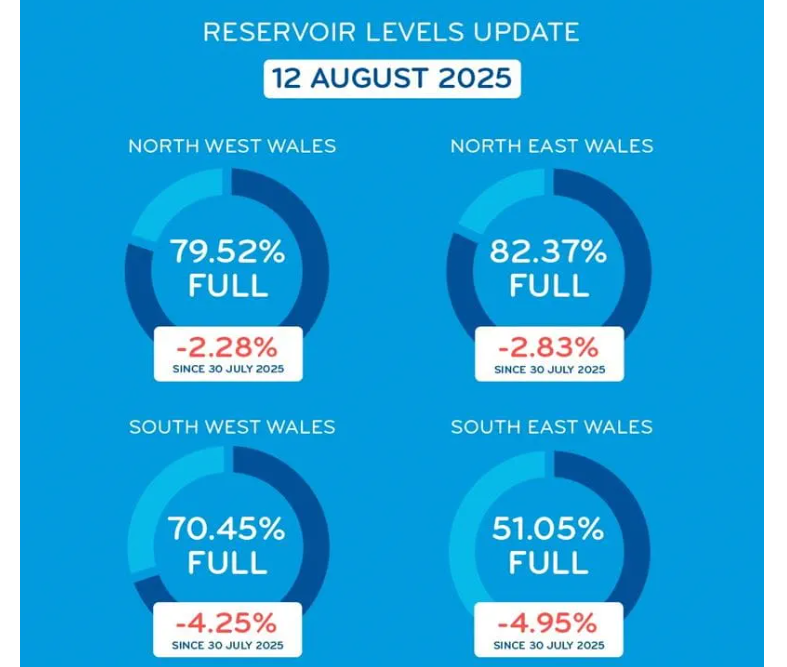
Wales
In Wales, customers have been responding to calls to think about the way they use water. “Use the water you need, but avoid wasting it.” Welsh Water. Back in mid June 2025, Mid & South Ceredigion saw ‘Developing Drought’ status due to the levels of water stored in the area’s reservoirs. By the end of July, this was still the only area of concern.
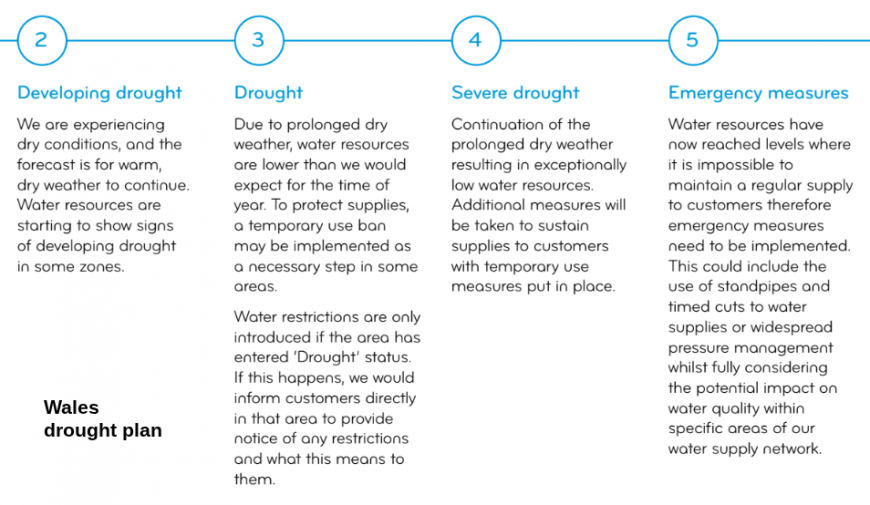
Wales has 91 reservoirs. Around 95% of the water resources originate as surface water, so are stored in reservoirs or abstracted from rivers. Wales does not depend on groundwater supplies. Like many parts of the UK, there has been very low rainfall coupled with very warm weather and sunshine. This has impacted water resources as reservoir levels fell. Surface water supplies are more responsive and can show increased vulnerability more quickly than groundwater. In Wales, 82% of the landscape is rural land and 97% of the rainfall received is used for agriculture and the environment. Only 3% is captured to supply water to customers in Wales. In the southeast of England, up to 50% of rainfall is used to supply water to customers, so quite a difference
England
In England, there has been talk of drought and hosepipe bans, very recognisable language indicating a serious issue with the amount of water available. Hopepipe bans are officially called TUBs, Temporary Use Bans, which is not quite as headline-grabbing.
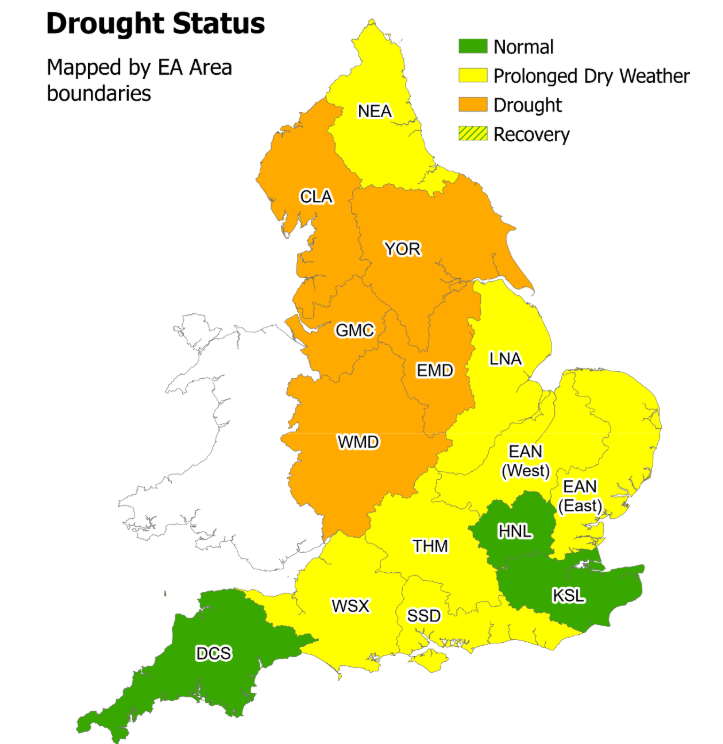
Up until the 21st August the rainfall total for the month was just 14% of the Long Term Average (LTA) with just over a week to go. Public water supply reservoir storage levels continue to fall at most reported reservoirs. In the Pennines and Yorkshire, reservoirs are less than 39% with an additional 8 reservoirs less than half full. Fourteen water companies have activated their drought plans, with four companies having a Temporary Use Ban (TUB) in place.
“It takes a lot of consistent rainfall to fill reservoirs and top up underground supplies after a dry spell. So even after a period of rain, the overall supply might still be too low to lift the hosepipe ban.” EA
Areas in drought are Cumbria & Lancashire, Greater Manchester, Merseyside & Cheshire, Yorkshire, the East Midlands and West Midlands.
Three-quarters of river flow sites in England are below normal for the time of year. Seven sites are exceptionally low for the time of year, including the Ely Ouse (Anglia), the River Derwent, the Swale in NE England and the River Wye in Wales. Reservoir storage levels continue to dip, with ten reservoirs or groups now less than half full for the period ending 19th August.
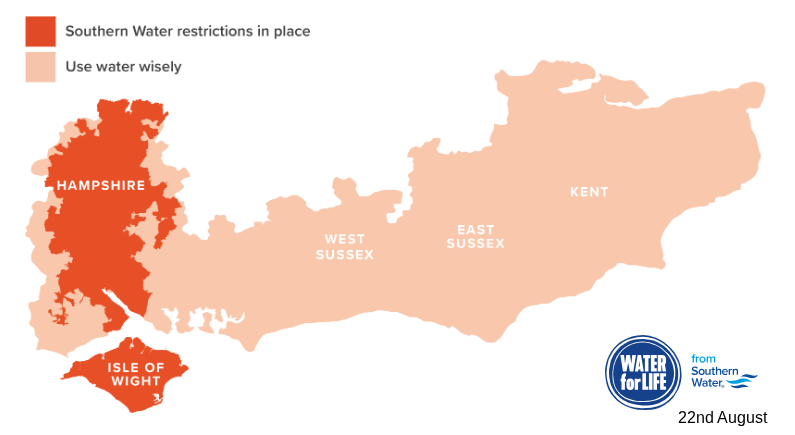
Groundwater levels also continue to recede in England. Levels in faster responding chalk aquifers in Yorkshire, Wessex and along the south coast were below normal or notably low. This has led to TUBs by Southern Water. Limestone aquifers in the Cotswolds were exceptionally low for the time of year.
”Hosepipe restrictions are in place for customers in Hampshire and on the Isle of Wight.” Southern Water
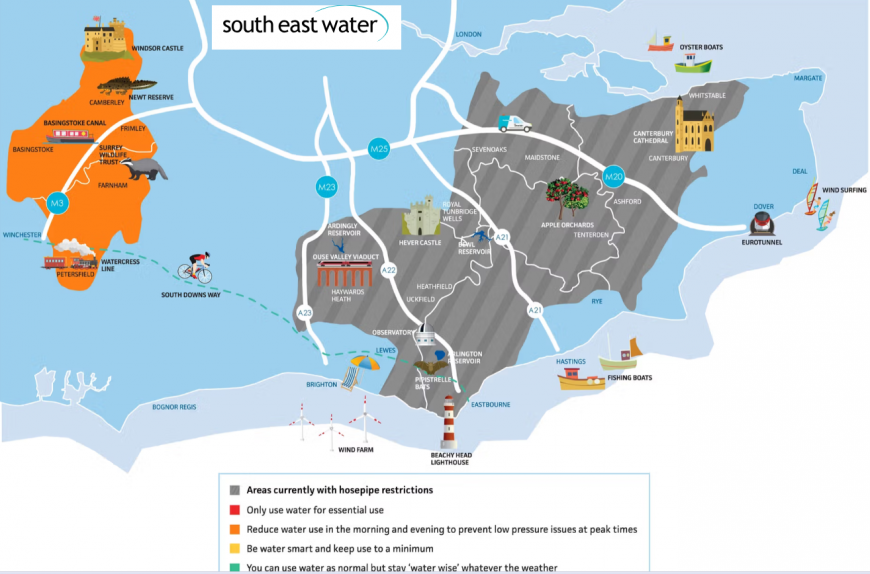
Southeast Water “Demand for drinking water in Kent and Sussex has reached record levels since May – with the ongoing warm and dry weather, we’re all using far more water than usual.
This situation has left us with no choice but to restrict the use of hose pipes and sprinklers, so we can help our reservoirs and underground water storage recover.” Southeast Water are monitoring the situation in the west of their region, for parts of Surrey, Hants and Berkshire.
Yorkshire Water “Our reservoirs are critically low, so we're asking all our customers to hang up the hosepipes. Our reservoir levels haven’t actually increased since the last week of January! Normally, our groundwater sources and reservoirs get topped up over spring when the weather is changeable but this year we’ve had the driest spring on record and Yorkshire is officially in drought.”
Although hosepipes are banned, you can still carry out these activities if you’re using water from a bucket or a watering can and use water that is not sourced from mains water, such as grey water or rainwater from a water butt.
Water companies have to create drought plans and emergency plans, they then share their situations with the environment agencies, leading to drought levels being declared, and hopefully managed.
There are four operational drought levels in England, and currently Bristol Water, Southern Water, Thames Water, Southeast Water, and Yorkshire Water are all at level 2 as is South Staffordshire Water. There are four drought levels, with four being the highest and an emergency response.
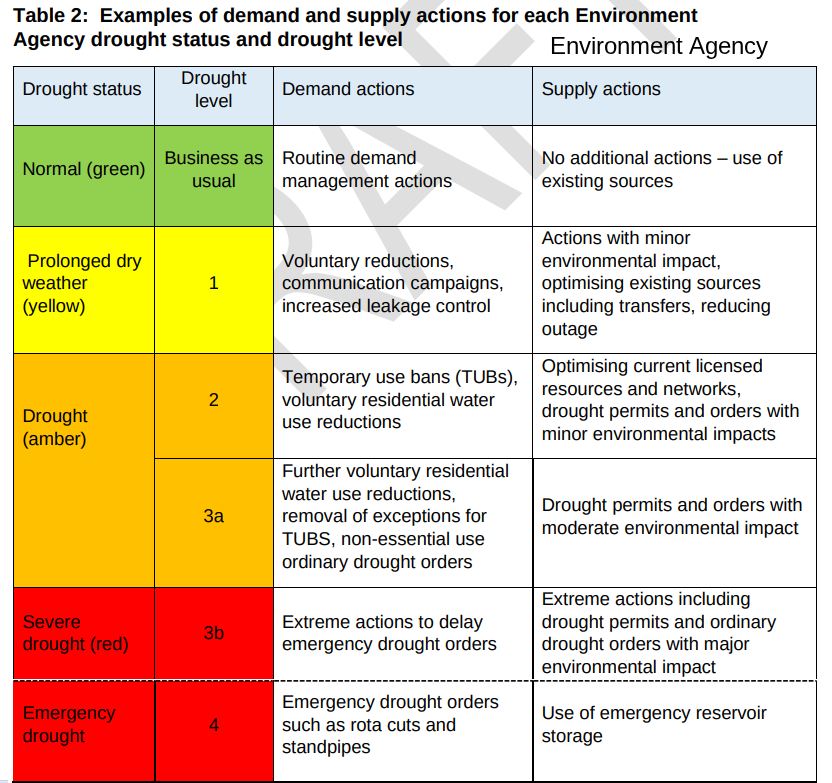
The ongoing dry weather is impacting farmers and agriculture hard. There are concerns about lifting root vegetables during the main harvest season as well as a drop in yield for crops such as cereals, peas, straw and fodder. Peas suffered due to heat stress and drought. There have been impacts on grass growth and maize due to the lack of rainfall, although winter wheat did very well. Even if there was plenty of dry weather for the combines. The potential short supply of straw and fodder stocks brings uncertainty. The decreases in river levels mean that there is less water available for irrigation and the threat of stoppages. And what if there is a dry autumn and winter to come?
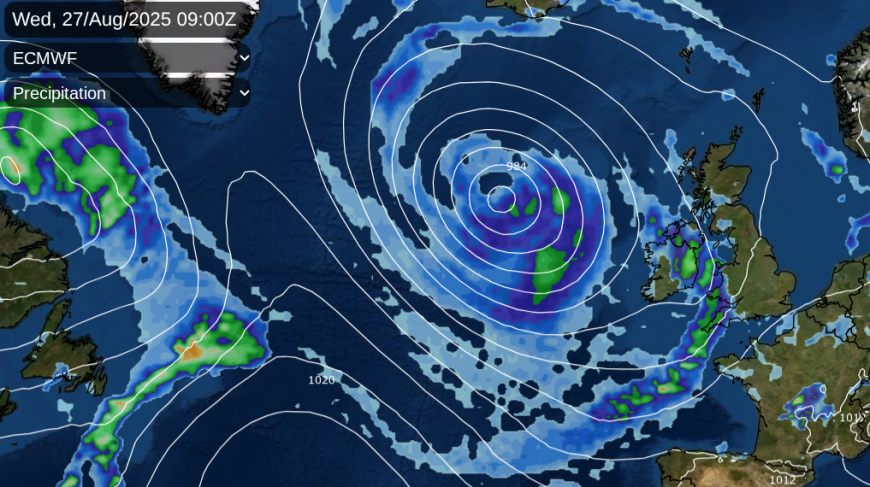
This weekend looks dry and warm. Next week, there is a lot of uncertainty due to ex-hurricane Erin. Will this extra-tropical low move up towards Iceland or loop into the Bay of Biscay. It does look like by the middle of next week the weather will be more unsettled but only with showery bands whirling around a low pressure. There could be an onshore flow for Grampian. Northeastern Scotland is crying out for rain, so this would be a welcome change but the low confidence continues until ex-Erin moves across the Atlantic.
The next National Drought Group meeting is scheduled for 15 September.
Loading recent activity...